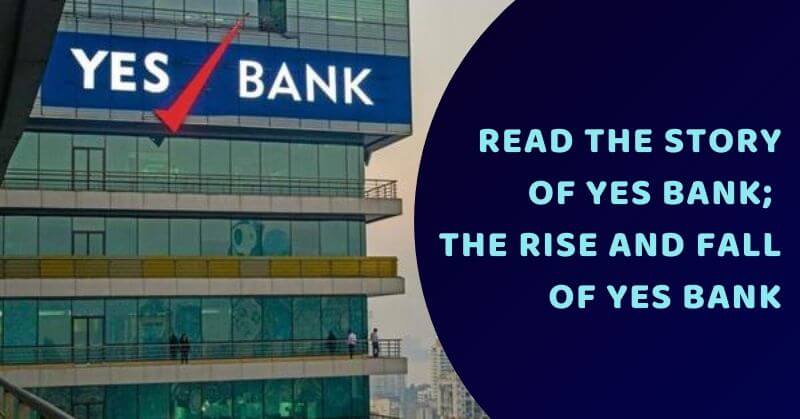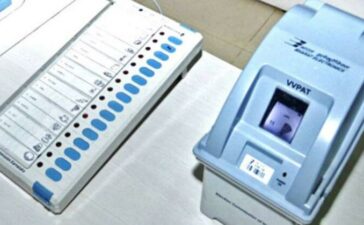One of the biggest shocks in the banking sector is the fall of Yes Bank. On March 5, 2020 evening, RBI imposed a moratorium on Yes Bank till the date of April 3, 2020. The customers of Yes Bank are facing severe problems as the withdrawal limit is set to 50000 per month for every customer. According to cabinet minister Nirmala Sitharaman, the money of every customer is safe and they want to control the situation, this is the reason why we need 30 days to bring back the things under control. But how does it started, and how it falls, check out the complete story of Yes Bank.
The Rise Of Yes Bank
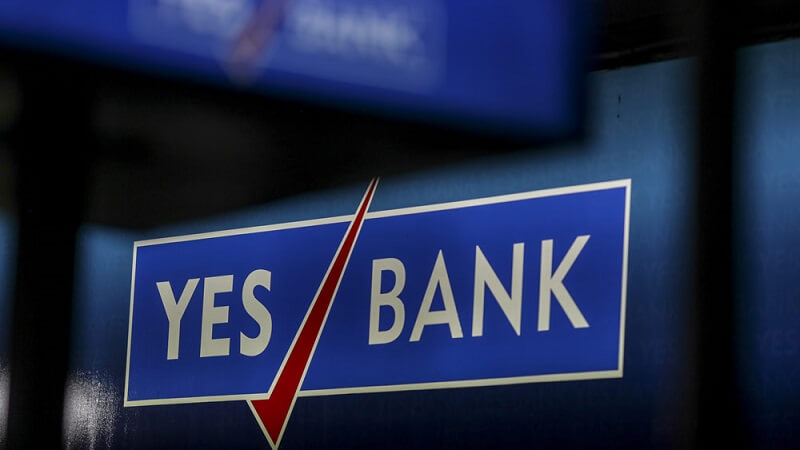
In 1999, three successful bankers came together to form a non-banking financial company Ashok Kapur, Harkirat Singh, and Rana Kapoor. All three of them have 25% of share in this company and the remaining 75% were with the Rabo Bank of the Netherlands. It became Yes Bank in 2003. Harkirat Singh walked over from Yes Bank due to differences. Yes Bank came into existence in the year 2004. There were two founders Rana Kapoor and Ashok Kapur. In 2004, the bank has acquired the license and went to the stock exchange with IPO in 2005. Yes Bank said to give a maximum rate of interest in the savings account. The bank has started making progress slowly and steadily in the initial years.
The Fall Of Yes Bank
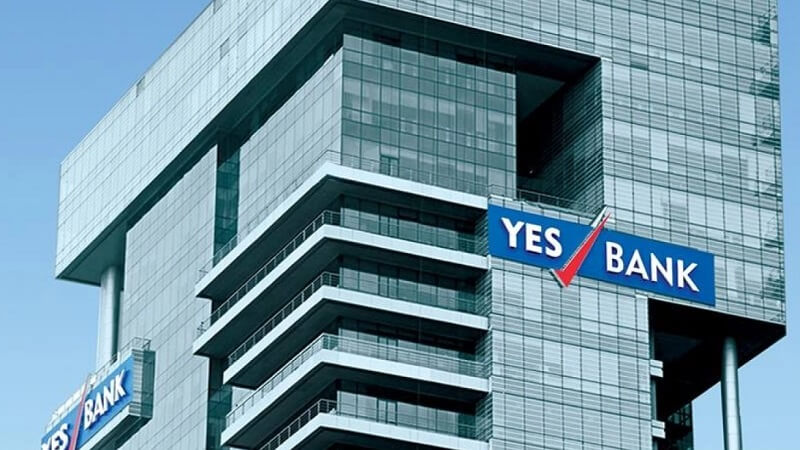
Yes Bank received its big shock in 2008. On November 26, 2008, Ashok Kapur, then chairman was at Trident Hotel. This hotel was one of the targets of the 26/11 terrorist attack. Ashok Kapur died in that terrorist attack. This has changed the way of business of the bank under their new leader Rana Kapoor. Yes Bank gave loans to the companies that were struggling in their businesses. Few of the company includes Anil Ambani Group of Companies, Cafe Coffee Day, Essel Group, Dewan Housing Finance Corporation Ltd (DHFL), Infrastructure Leasing and Financial Services (IL&FS). DHFL and IL&FS have collapsed and was taken over by the government for restructuring.
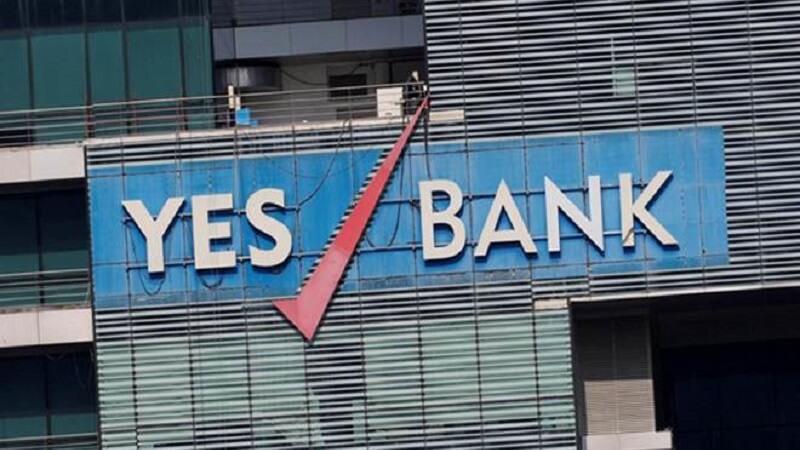
UBS, the Global major financial services firm in a report said the bank had the strongest growth in loans to potentially stressed companies dated 7 July 2015. UBS has also downgraded the stocks of Yes Bank to a sell. Also, they have advised the investors to sell their stocks as the company was heading to doom. Instead of learning from the mistakes, Rana Kapoor moved the Securities and Exchange Board of India (SEBI) against the UBS. In 2018, IL&FS collapsed and Yes Bank practically had no way to recover. Another issue with Yes Bank was, they were not ready to accept their mistakes and even underreported its stressed loans.
RBI asked CEO Rana Kapoor to quit by January 31, 2019. RBI appointed Ravneet Gill as the chief executive of the Yes bank. He later disclosed that there had been many large under-reported stressed assets in the bank. Due to this, Yes Bank reported their maiden loss in March 2019 quarter. Rana Kapoor also sold his entire stake in the bank in November 2019, Yes Bank had turned completely unbankable. He is now in the custody of Enforcement Directorate (ED) on charges of money laundering in connection with the case registered by CBI.
This is how Yes Bank started with a promising note but now falls because of scams.
Entertales is on YouTube, Click here to subscribe for latest videos and updates.


